Centerline, centerline, centerline
Air Facts
MAY 24, 2024
As I tuned the ATIS for Destin Executive, I was glad to hear there was no ceiling reported. When the ceilings come down, I’ve had the pleasure of getting placed into a lengthy hold to accommodate commercial, as well as military traffic, working in the area. No ceiling so no hold for us today! That was poor airmanship on my part.

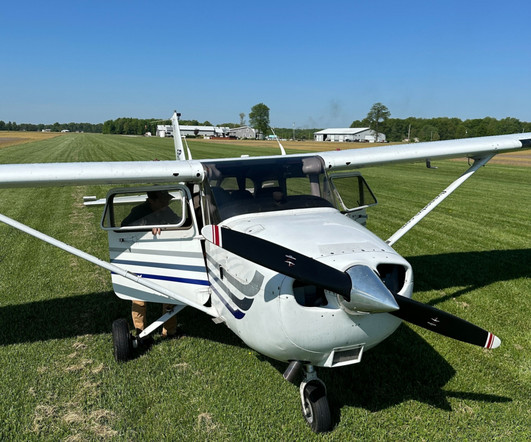
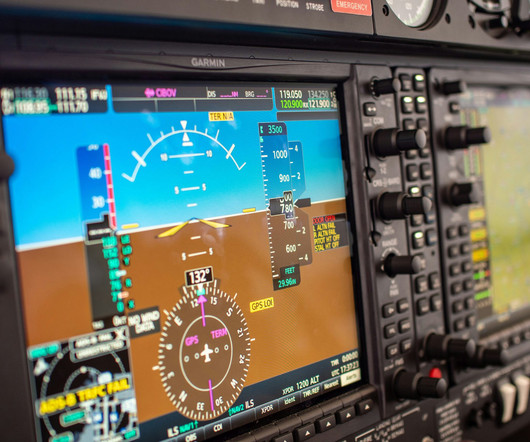
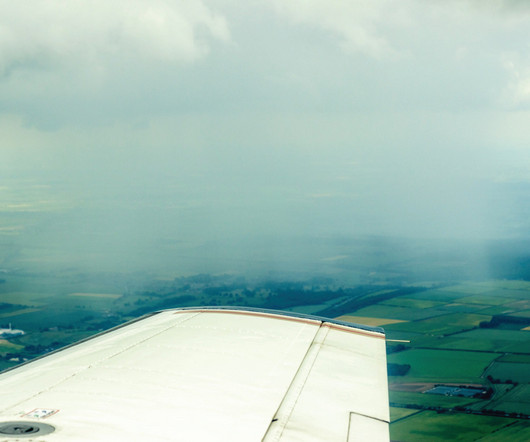



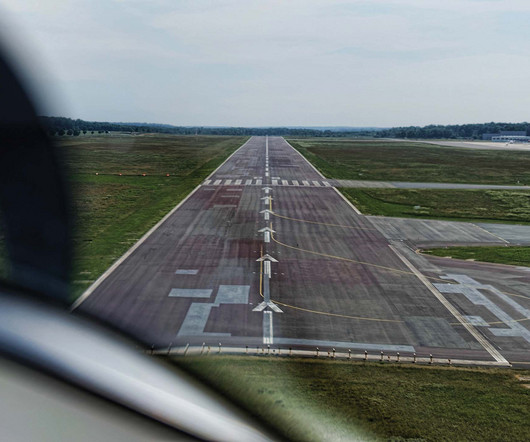
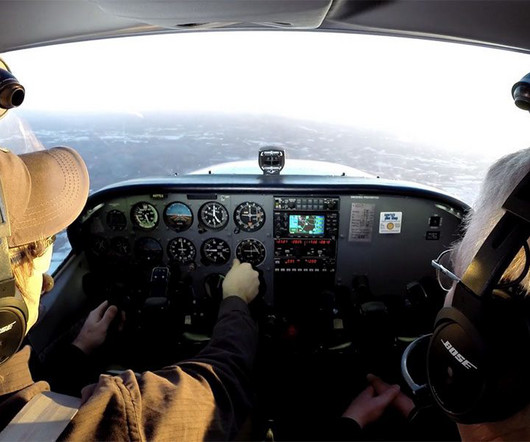

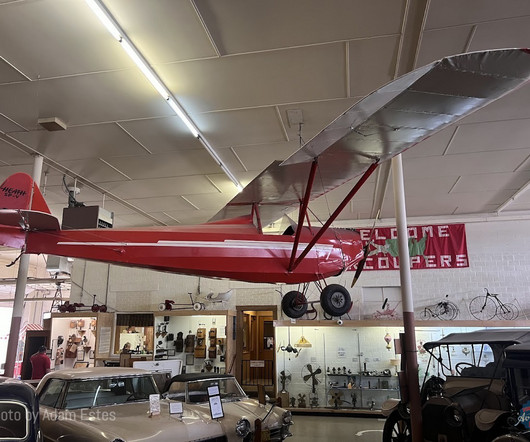
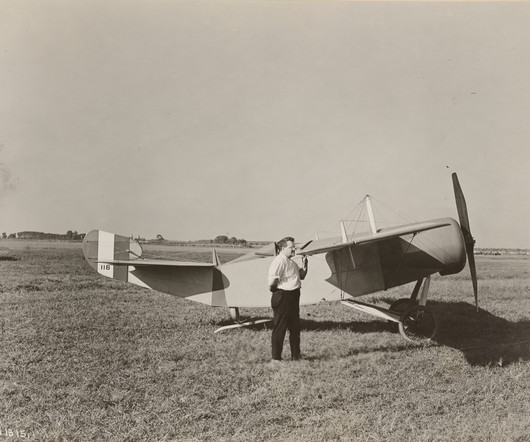



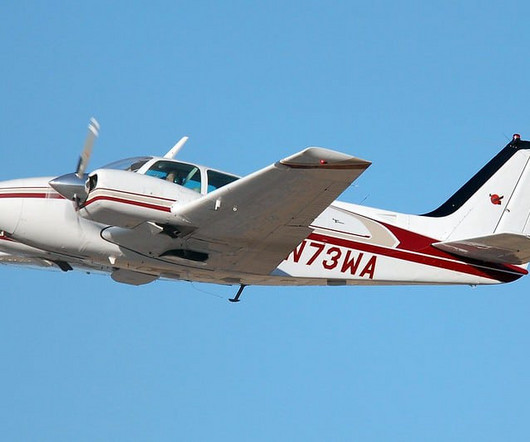

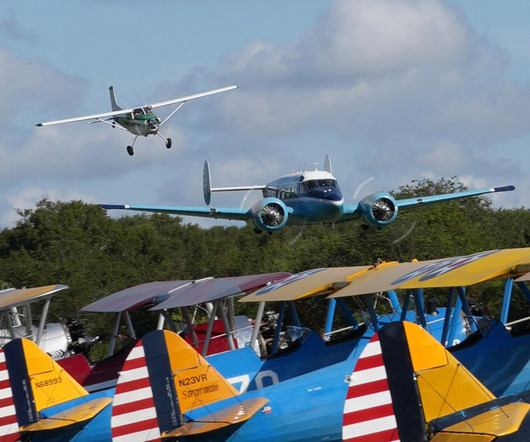







Let's personalize your content